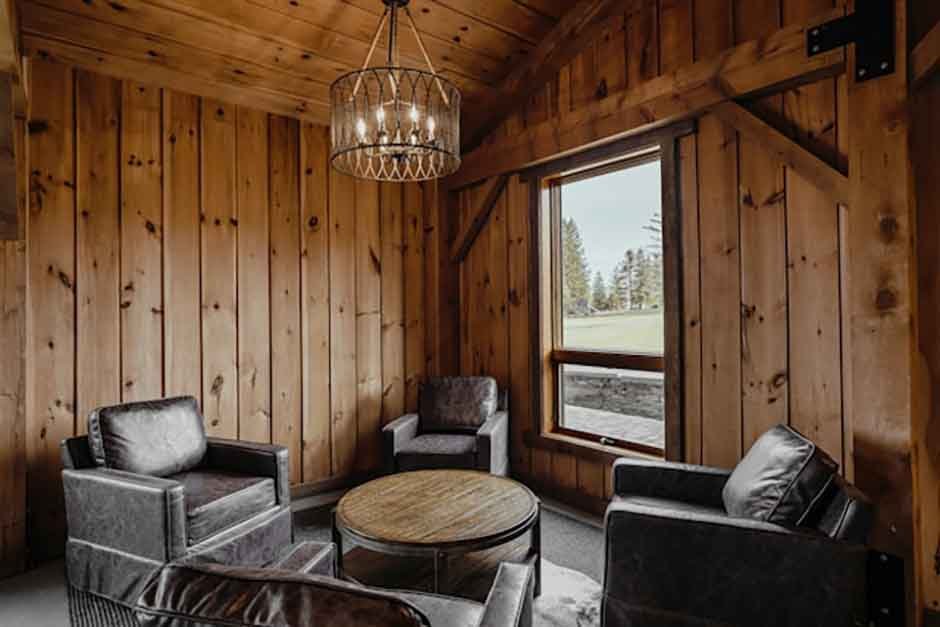Making your place country-style gives it warmth, comfort, and long appeal. Honoring natural materials, rustic accents, and a laid-back environment where you may unwind and savor life’s little joys is key to this beloved design style, whether you live in a metropolitan apartment or a rural farmhouse, as shared by the Peak Property Management group. Adding country-inspired elements can help you create a friendly haven that deftly blends usage with personal expression.
Embracing Natural Materials and Textures
Country-style homes appreciate the beauty found in natural resources. Whether by visible ceiling beams, broad-planked flooring, or furniture exhibiting different grain patterns, rich timber elements should take the front stage in your room. Stone features will help your house to have a rustic character, maybe as a dramatic fireplace focal point, sturdy cooking surfaces, or well-selected decorative accents. For your window treatments, furniture covers, and bedding choices, finish the natural material palette with fabrics including luxurious wool, airy cotton, and elegant linen. These materials gain character over time and seem real, as well as age. To maintain the rustic look, think about using a natural tricolor cowhide rug as a statement item to provide texture and visual appeal to bedrooms or living areas.
Creating a Functional Kitchen Heart
Typically acting as both a utilitarian office and meeting place, the kitchen is still the essence of country-style homes. Choose basic profile cabinets, ideally in natural wood tones, cream, white, or another color. Open shelves show prized dishes and make often-used objects easily available. While butcher block counters bring warmth and utility, a farmhouse sink makes a utilitarian statement. Add a sizable wooden table or kitchen island where the family may assemble. While providing necessary job illumination, rustic style might be emphasized by using vintage-inspired lighting fixtures such as wrought iron chandeliers or pendant lights with metal shades. The real character calls for considering using recycled barn wood for a hood vent cover or architectural salvage items like vintage hardware for cabinet pulls and drawer knobs.
Designing Comfortable Living Spaces
Living rooms designed in the country style put comfort and discussion over a formal layout. Choose deep, cozy seats with natural fabric slipcovers or upholstery; plaids, stripes, or subdued floral designs look great. Set furnishings to encourage conversation, maybe around a natural focal point—a stone hearth. For warmth and visual appeal, layer fabrics through cushions, blankets, and window coverings. Add useful storage from bookcases, buffets, or blanket chests. Remember that country design honors the lived-in look; flawlessly matched furniture sets would seem out of place in this friendly aesthetic where comfort rules over perfection.
Incorporating Vintage and Handcrafted Elements
Real country homes use well-chosen old items and homemade accents to convey tales. Then, present collections of ceramics, baskets, or textile arts that highlight traditional artistry after scouring antique stores, flea markets, or internet markets for one-of-a-kind items that offer history and character to your room. To honor craftspeople and give your rooms character, combine locally made furniture, embroidery, or handcrafted quilts. For balance and convenience, mix these unique pieces with more recent purchases. These real components provide depth and intrigue that mass-produced décor just cannot match, therefore giving your country house real appeal and personal relevance.
Bringing the Outdoors In
Country style honors seasonal cycles and a relationship to the environment. Through basic window coverings that frame rather than hide vistas, maximize natural light. Arrangements of dried botanicals for year-round appeal, potted herbs in the kitchen, or flowering plants in living rooms create indoor gardens. Show collections of unusual branches, smooth river stones, or pinecones—natural things. Think of architectural enhancements that improve outside ties, including French doors leading to a garden or porch, window seats for natural viewing, or skylights flooding inside with daylight. These components preserve the essential relationship between rural residences and their natural settings, therefore defining this ongoing style.
Conclusion
Building a country-style house is about embracing a concept that prioritizes comfort, authenticity, and connection rather than adhering strictly to design guidelines. You may create a living area that seems both timeless and personally relevant by including natural materials, useful spaces, cozy furniture, important old items, and little natural accents. The real beauty of country style is its versatility; it can be seen across many regional traditions, still keeping its basic characteristics of warmth and friendliness. Your narrative matters. Accept flaws in yourself. Allow your place to change organically.






Leave a Reply